This article is adapted from Elan Keshen’s talk at the Product Marketing Summit in Toronto, 2022. Catch up on this talk, and others, using our OnDemand service. Since he gave this talk, Elan has taken on a new role as Product Marketing Lead at Magical. Congratulations, Elan!
When I was 20, I made a big life decision. I decided to come out of the closet. This was not an easy decision for me. I spent months and months thinking about how to tell my mom, my dad, and even my best friends who I had been lying to for years about who I was. I spent hours and hours working out how to frame this revelation and soften it for any family members who might not be so open to it.
Eventually, after months, I sat down and directly told them what was changing in my life, how it was changing, how it affected me and them, and what I was looking forward to in the future. I was so blessed to be welcomed with open arms.
The funniest thing is that as I reflected back on this conversation with my family, I realized I’d focused so much on this piece of my changing identity that I didn't even talk about something else they really cared about, which was that I had also tried bacon – and as a Jewish person, that was a really big deal.
So why am I talking to you about this personal story? Because it’s about change – something I think we all can relate to. We're all change experts. Over the past few years in particular, each and every one of us has experienced massive amounts of change and gone through tons of ups and downs.
Today I want to share some learnings from those changes and the frameworks I use to help position change in work and in my personal life.
Change is all around
So, a quick introduction: I’m Elan. I go by he/him pronouns, I'm Jewish, and I'm Canadian. I’ve had experience in startups, all the way to Shopify, where I’m now a Senior Product Marketing Manager. I also got married in August – talk about a big change!
I got a dog during the pandemic, as many people did. It was a huge lifestyle change – if you’ve had kids, I'm sure that was an even bigger one. You have to be home at a certain time, you have to be aware of their needs, and you have to make sure they're happy, healthy, and well taken care of. It’s a big change, but a fun one.
But it’s not just lifestyle change that can impact us – there are also changing habits. Some of us have habits we want to build, and some of us have habits we want to break – and that can be challenging.
We get stuck in certain mindsets; we find patterns that give us dopamine or make us happy, and breaking those patterns is hard. I’m sure you’ve encountered sales reps who are in love with the old deck; they're used to it, they're happy, and that habit is hard to change.
And then there are changing jobs. In today’s reality, a lot of us have either recently gone through this or are going to go through this, whether that's by choice or not. These are massive changes in our professional lives that can be really daunting.
When we’re leaving a company, we need to think about how to position that change to our colleagues. When we’re joining a new company, we need to figure out how to position ourselves and the value we hope to provide.
There are also changing jobs on a much more televised scale. Some members of the political ecosystem may be more excited about that kind of change than others.
We've seen different leaders approach change very differently, and I think it's really interesting to learn how they position the change to their communities, what we can pull from that, and what we can learn about how we represent ourselves.
Speaking of political change, in recent years we’ve also seen change being built by communities looking for democracy – think back to the Arab Spring, when countries like Tunisia used Twitter to drive change.
So why am I telling you all these stories and giving you all these examples? Two reasons. The first is empathy. Change is hard. Going through change is probably the hardest thing we'll ever have to do.
When it comes to our audiences, whether they’re sales reps working with new decks, executives learning about competitive positioning, or end users adopting new features, being empathetic to each of their situations and needs is vital.
The other reason is that we often take our jobs incredibly seriously. Now, I'm a SaaS product marketer – I’m not a heart surgeon, I’m not trying to overthrow a government and create democracy.
Still, I’m often quite anxious, but it gives me levity to think about the fact that while the changes we're making can seem like our whole world, there's no door we can't walk back through. There’s no change we can’t rethink.
Let me bring this back to how we handle change migration in our own worlds. I'll be honest – it’s not a sexy topic, but by applying personal stories and framing change in empathy, we can at least make it interesting. That’s what I’m going to try to do as I walk you through my change migration framework.
The change migration framework
The framework is very straightforward, but hopefully, it will help you the next time you’re leading a change. The framework can be boiled down to four questions:
- What is changing? Especially if you work with technical products, you need to understand what specifically is changing. Is it the UI? Is it the messaging? Make sure you have clarity on that.
- Who is it changing for? Who is facing this update? Who is getting access to a new feature? Who is going to be impacted the most by this change?
- What are the benefits? Maybe this change will bring about a new and unique value prop. You need to find the value in a change that might be daunting for your audience.
- What are the options? No one wants to be told they have no choice. As a user or a buyer, you want to be presented with options. That's what makes us feel like we own a decision.
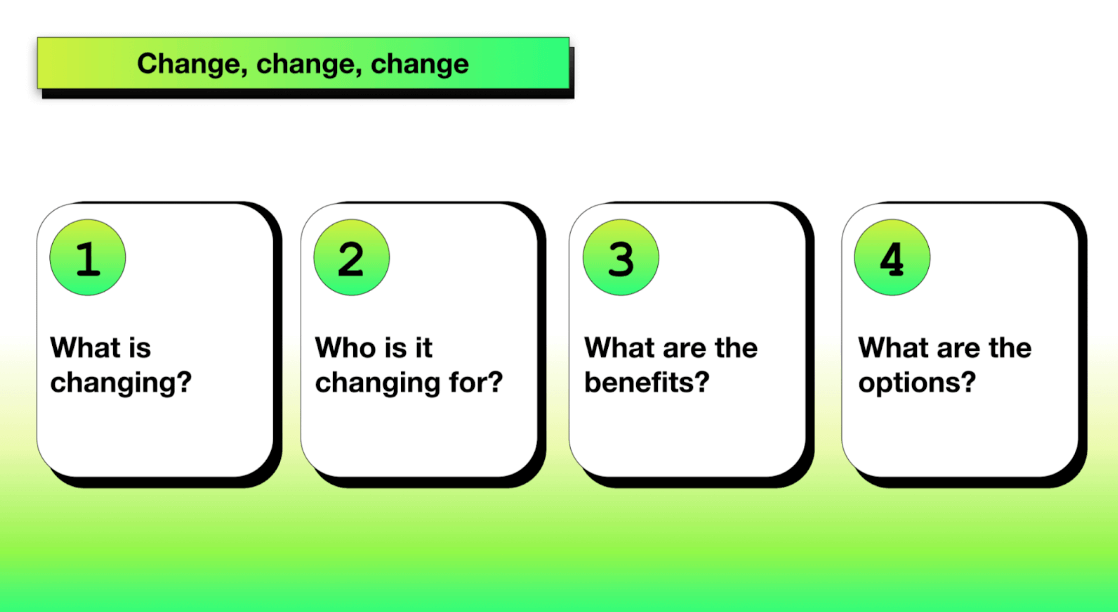
That’s a quick overview of the framework. Now let’s dig a little deeper.
What is changing?
Step one: Know your stakeholders
We'll start with how you find out what’s changing. Sometimes it comes down from the CEO, who says, “I don't like how this looks,” or, “I don't like how we're positioning this feature.” You have to recognize who you’re dealing with and decide if you need to push back or work with this person to understand what's changing.
Maybe the change came through the CEO and worked its way down to product leaders, and then finance got involved. You need to start building a map of how this decision came to be. This will come back into importance much later when you're building the narrative around the change.
Next, it’s time to identify who needs to be involved in this change. You’re going to build a stakeholder map. That means plotting out your stakeholders, assigning them a level of importance, and mapping out how you're going to approach this change with each of them.
Step two: Understand the why
As product marketers, something we do every day is understanding the why.
As an example, an organization I was working with went through a cost-cutting exercise a couple of years ago, so they made all kinds of changes to limit the amount they were spending. Whatever changes are being made, you want to be able to trace them back to the why.
A lot of product marketers work with several product teams, so it's not possible to be in the room every time a decision is made. That makes being able to trace back the why and the who in a decision all the more critical.
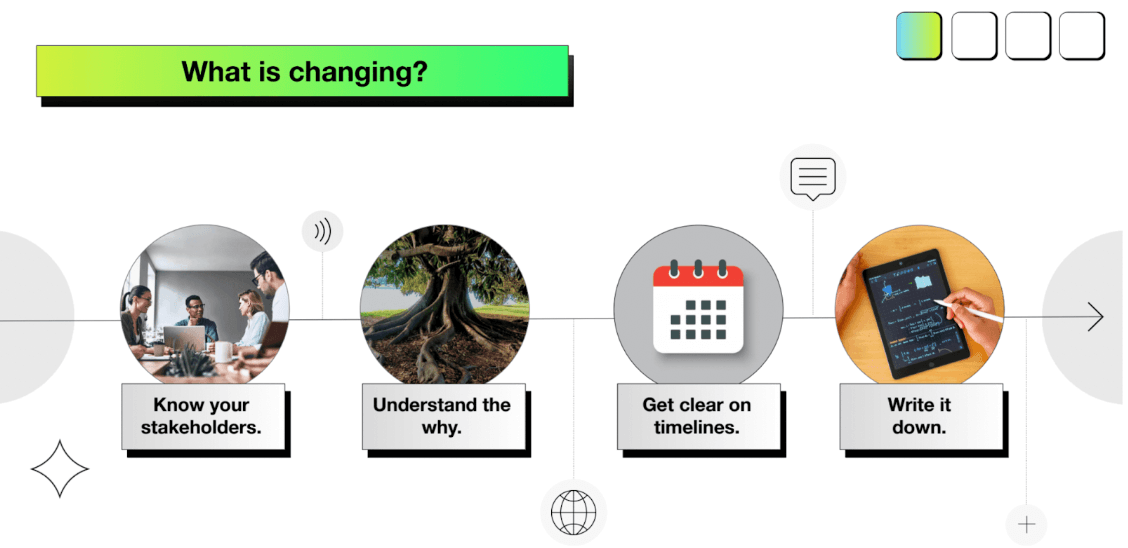
Step three: Get clear on timelines
If you've worked with product managers or engineering teams, you know this is their least favorite topic, but having a clear timeline will help you and the other stakeholders involved to hold yourselves accountable.
Step four: Write it down
Writing what is changing down is so critical and too often overlooked. When you're in an executive-level conversation, there's not necessarily a note-taker recording minutes.
As product marketers, it’s up to us to do it. You wear 18 different hats, so wear the hat of being the note-taker and write everything down because, ultimately, you're going to be the one who has to hold people accountable for the decisions and the changes being made.
Who is it changing for?
Let's say you’re changing a feature. There are probably some people who use that feature all the time, some people who don’t use it at all, and some people in the middle.
I would strongly encourage you to break your user base down into clear groups like that because they’re all going to be impacted differently, and that should guide if and how you communicate the change to them.
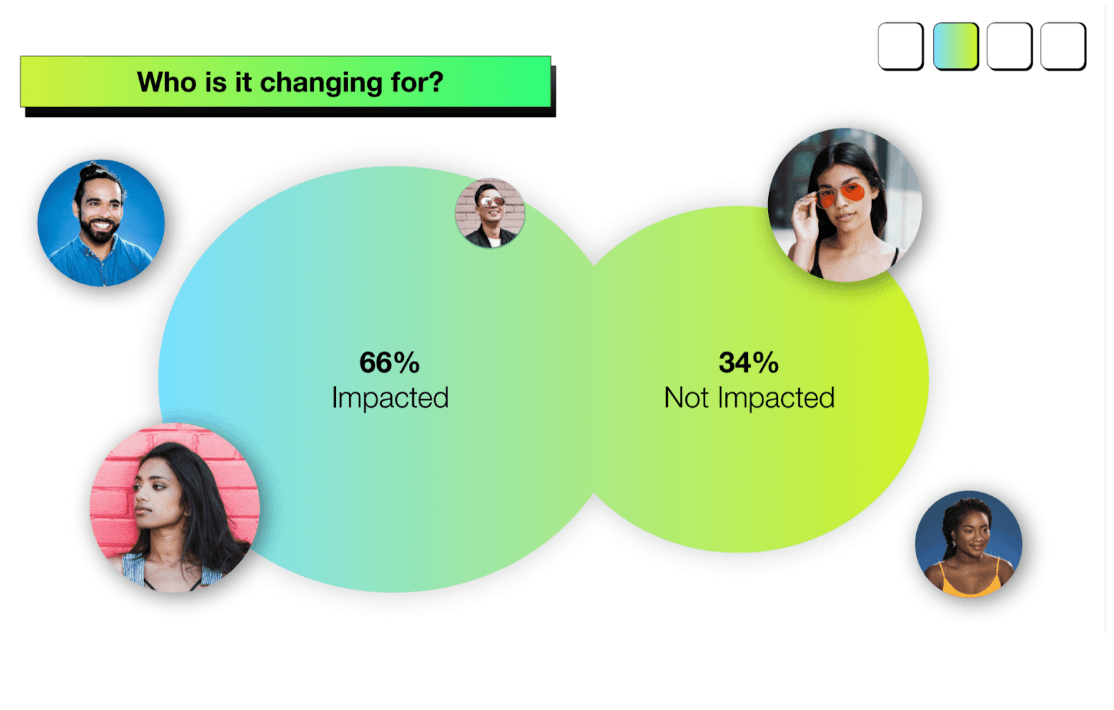
If you work with a large audience, you don't want to be messaging two million users about a change that only half a million of them care about. That is not a great experience.
If you got an email for every plane that was delayed whether you were flying on it or not, it wouldn’t take long for you to get pretty frustrated with the airline. Understand who's impacted and who's not and use that to shape your messaging strategy.
What are the benefits?
Once you know who the different stakeholders are and who’s being impacted by the change, you want to look at the benefits for each of those groups. This will help you decide in what order to send these communications and how to frame them.
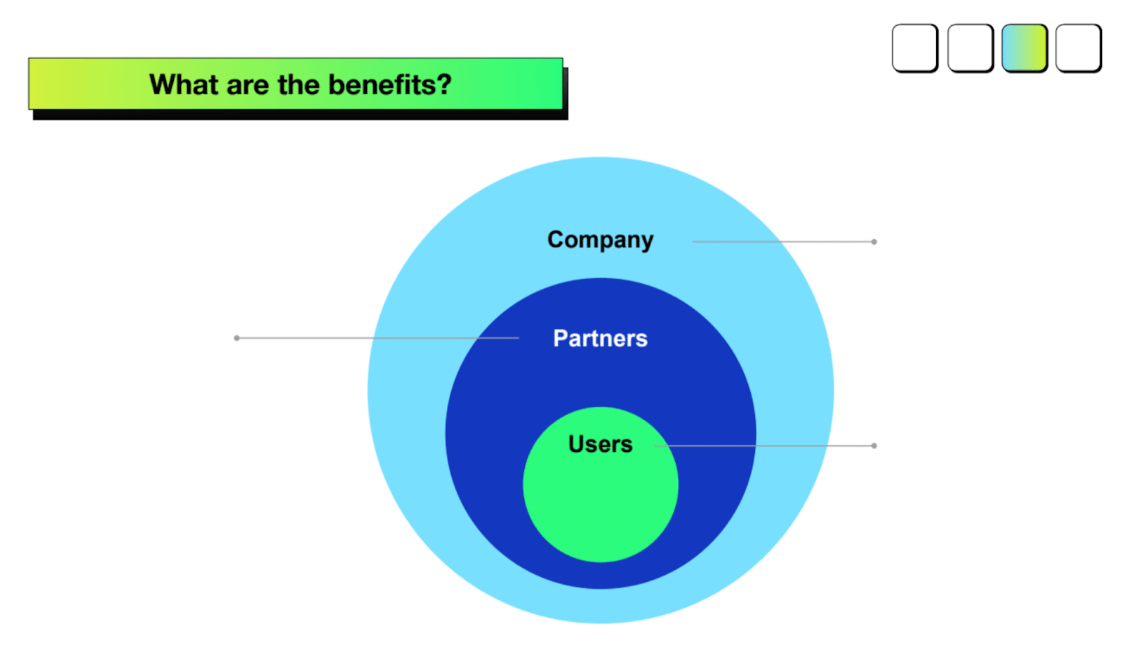
What are the options?
We’re often faced with situations where it seems like there's only one option – you have to migrate to a new platform, for instance. In reality, however, there’s always more than one option – the other option is to leave.
Framing each of these options along with their benefits or challenges and next steps is critical when you're managing a migration, launch, or change.
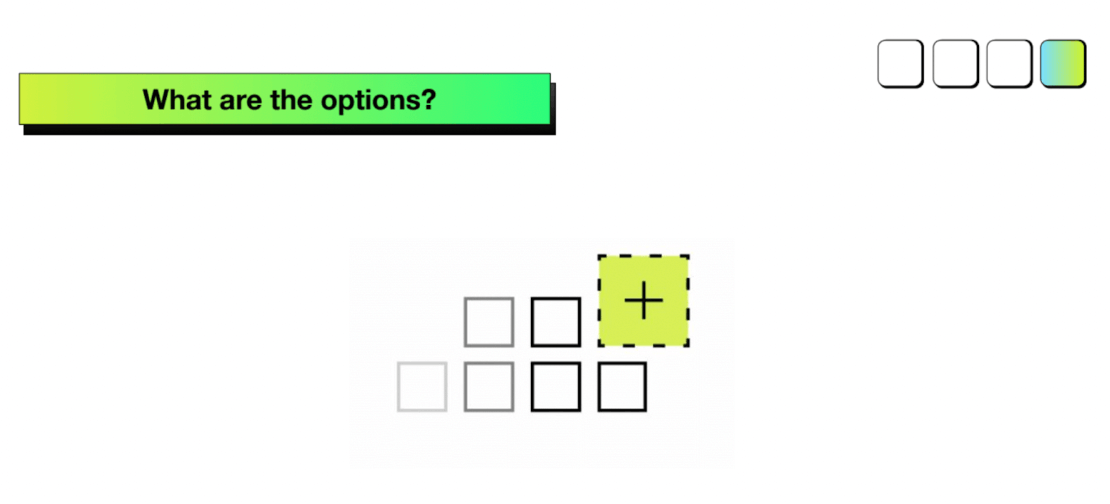
Measure the results
It’s vital to go through each of the four phases in this framework – one of the steps alone won’t cut it. The critical thing is to underpin this all with measurement and at each phase measure the success of whatever change, messaging, or migration you're running.
For example, you might be thinking about retention, so you’ll want to make sure you track any changes to retention that come about as a result of the messaging you’re sharing about the change or migration.
Or maybe it's about driving adoption of the change, or even getting really granular and looking at how many people click a certain button in an email to indicate that they understand the change that’s coming.
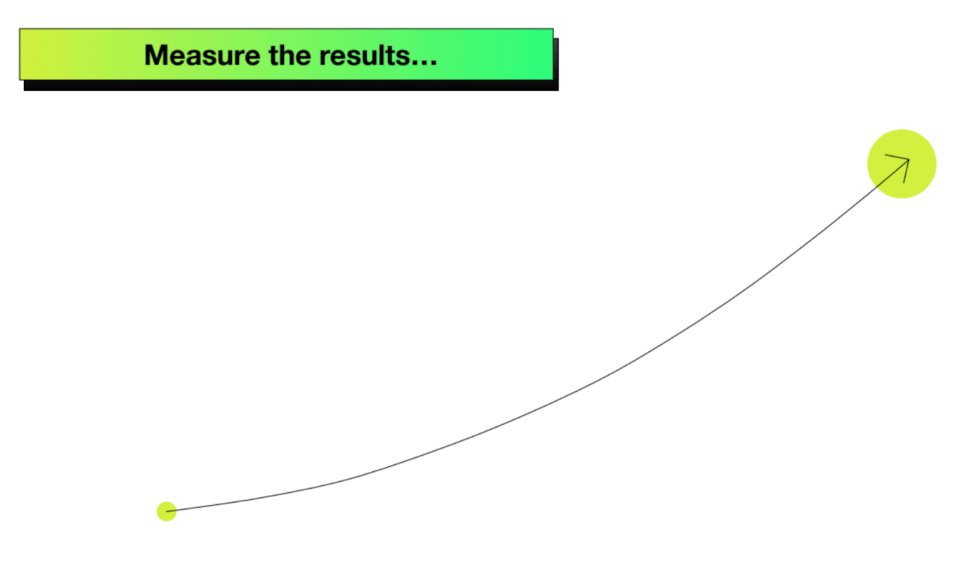
As product marketers, we know too well the challenges of measuring success, so start thinking early about how you're going to measure the success of this migration or change and which teams can help you measure it.
Closing thoughts
I really like this quote from Maya Angelou: “If you can't change it, change your attitude.”


















 Follow us on LinkedIn
Follow us on LinkedIn

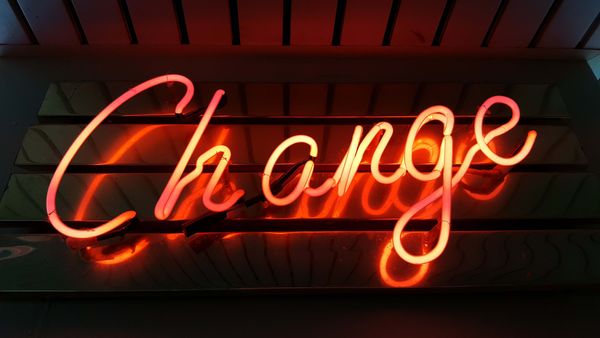

.svg?v=8154f0fdee)